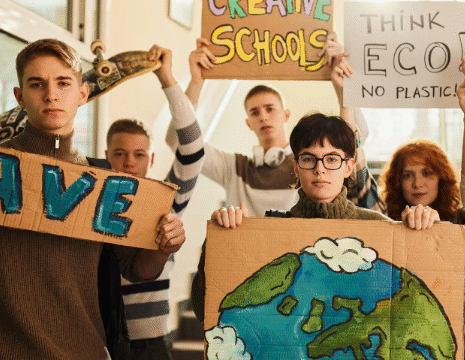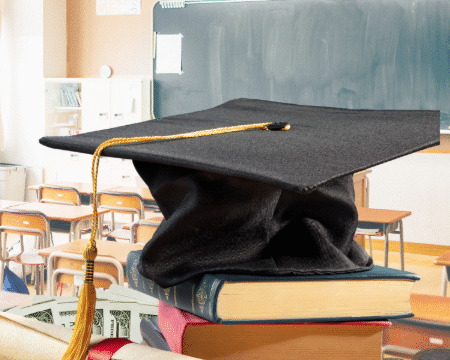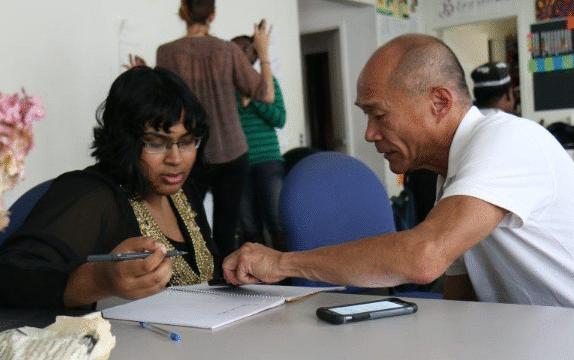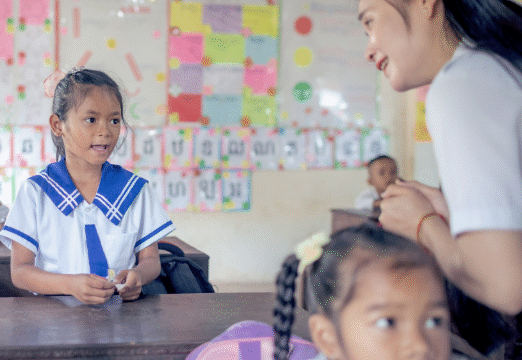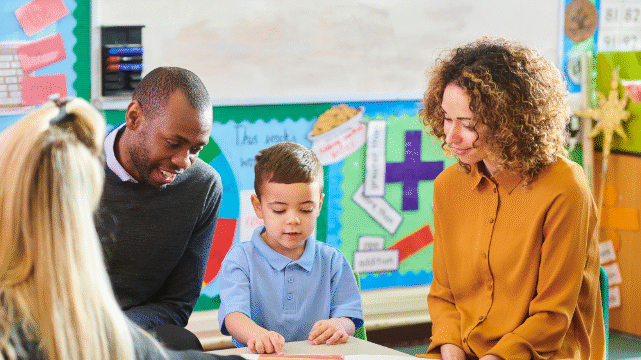Health and education are often viewed as two separate
areas of life, but in reality, they are deeply connected.
When people enjoy good health, they are more likely
to learn effectively, stay in school, and achieve their goals. On the other hand, when individuals have access to education, they tend to make healthier choices, seek better medical care, and improve their quality of life. This relationship creates a cycle in which health and education build on each other, leading to stronger communities and brighter futures.
One of the most direct ways health influences education is through attendance and focus. Children who are healthy can go to school regularly, concentrate in class, and participate in learning activities. For example, proper nutrition ensures that students have the energy and mental sharpness needed to understand lessons and retain information. Conversely, poor nutrition, frequent illness, or untreated medical conditions can lead to missed school days and difficulties keeping up with studies. Something as simple as providing school meals can make a significant difference in how well students perform academically.
Mental health is another factor that shapes educational outcomes. Stress, anxiety, or depression can reduce a student’s ability to focus, complete assignments, and engage in social activities at school. When schools and communities support mental well-being by offering counseling and safe environments, students are better equipped to succeed. In turn, education itself often helps improve mental health by giving individuals a sense of purpose, social connection, and opportunities for personal growth.
Education also plays an important role in shaping lifelong health. People who receive quality education often develop a better understanding of nutrition, hygiene, and disease prevention. They are more likely to recognize the value of exercise, balanced diets, and regular medical check-ups. For instance, someone who learns about the risks of smoking or the importance of vaccinations in school is more likely to make decisions that protect their long-term health. Education empowers individuals with knowledge that helps them avoid preventable illnesses and adopt healthier lifestyles.
Another way education supports health is through economic opportunities. Higher levels of education usually open the door to better jobs and more stable incomes. With greater financial resources, individuals can afford nutritious food, secure housing, and proper healthcare services. This economic stability reduces stress and improves overall well-being. Families with educated parents are also more likely to prioritize their children’s health, ensuring access to vaccinations, clean water, and safe living conditions. Over time, this cycle helps entire communities thrive.
The connection between health and education is also seen in how health challenges can reinforce inequality. Children from low-income families often face barriers such as malnutrition, lack of healthcare, and unsafe living environments, which affect their ability to learn. Without education, these challenges can carry on into adulthood, limiting opportunities for better jobs and healthier lifestyles. Breaking this cycle requires addressing both health and education together, so that young people not only have the chance to attend school but also the physical and mental well-being needed to benefit fully from it.
Schools have a unique opportunity to serve as a bridge between health and education. Many schools provide health screenings, vaccinations, and meals that help level the playing field for students from different backgrounds. In addition, lessons that incorporate health education—such as understanding the importance of sleep, exercise, and emotional well-being—equip young people with tools they can carry throughout their lives. These simple yet powerful interventions highlight how learning environments can directly contribute to healthier generations.
On a broader level, governments and organizations recognize the importance of addressing health and education as interconnected goals. Programs that combine educational opportunities with healthcare support have shown strong results. For instance, initiatives that provide school supplies alongside access to clean water and sanitation not only improve attendance but also reduce the spread of disease. Similarly, scholarship programs that include nutrition support or mental health services help students focus on their studies without being held back by health-related struggles.
Communities also play a central role in strengthening the link between health and education. When families, teachers, healthcare workers, and local leaders collaborate, they can create environments where children and adults alike thrive. Community-based health education programs, for example, not only teach individuals about healthy living but also encourage families to support one another in making positive changes. When parents understand the value of education, they are more likely to keep their children in school, and when they see the benefits of healthy living, they pass those habits on to the next generation.
The relationship between health and education is not limited to children or young adults. Adults who continue learning through vocational training, literacy programs, or community courses often gain knowledge that directly supports better health. Whether it is learning how to read medication labels, understanding nutrition, or gaining skills for employment, lifelong education contributes to healthier lifestyles. In return, adults who are healthy are more capable of supporting their families, contributing to the workforce, and engaging in their communities.
The global challenges of recent years have shown just how vital this link is. Public health crises have affected schools everywhere, disrupting education for millions of children. At the same time, education has played a critical role in spreading accurate information about how to stay safe and protect others. These experiences highlight the need for resilient systems that ensure health and learning can continue even during difficult times.
In the end, health and education are two sides of the same coin. Strong health supports strong learning, while education promotes lifelong well-being. Together, they create opportunities for individuals to reach their potential and for societies to flourish. Investing in both is not only a matter of fairness but also a practical strategy for building a more prosperous and sustainable future.
By recognizing and nurturing this powerful connection, we can help ensure that children attend school ready to learn, that adults have the knowledge to make healthy choices, and that communities grow stronger through the combined benefits of health and education. Each step forward in one area reinforces the other, creating a cycle of progress that benefits everyone.

